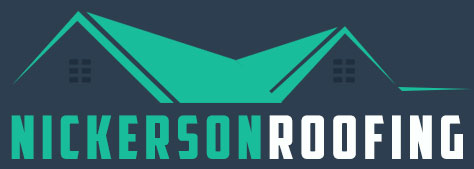Every aspect of your roof is important in providing a barrier between the inside of your home and the elements present on the outside. If there is even one of these aspects that isn’t working properly, you will know it next time it rains. One key player on a roof is the flashing. Nickerson Roofing is here to talk about flashing, why you need it and the many different types of flashing available to homeowners.
What is Roof Flashing?
Flashing is necessary on your roof to protect it from moisture anywhere that you have joints. This might include the areas where chimneys, skylights, and vents meet the roof. These are considered areas of weakness on your roof, that need a little more reinforcement to ensure moisture doesn’t penetrate your roof. Basically, flashing is required anywhere you have joints, valleys, grooves or gaps on your roof to prevent leaking.
Types of Roof Flashing?
There are different types of flashing that are used for different purposes. A lot of the time several types of flashing are used at once.
1. Step Flashing– This flashing is made specifically to fit the horizontal of a roof and the vertical of a fixture. This type of flashing is layered and overlapped to add another layer of protection against water damage.
2. Saddle Flashing– If you have any beams or other architecture protruding, this is the flashing for them.
3. Continuous Flashing– Continuous flashing is just that, a continuous piece of flashing offering protection for the area where a sloped roof meets the vertical wall. This is also used along the eaves under roofing felt to protect against water leaks.
4. Valley Flashing– This flashing comes in the shape of a W. It is placed on top of roofing felt to offer protection in the areas where two valleys of a roof plane come together.
5. Vent Pipe Flashing– This flashing is in the shape of a cone and is used to place over the top of pipes and worked into shingles to protect that joint where the roof and outside of pipe meet.
6. Cap Flashing– This is used for things like skylights on your roof. The L shape of this flashing lays flat against the roof and keeps water from accumulating in the cracks around the fitting.
Dangers of Improper Roof Flashing Installation
If the flashing on your roof isn’t installed right, you could have a big problem on your hands. Water can do a number on a roof that isn’t protected with flashing. Your roof joints will get damaged and deteriorate much sooner than they should. As a new roof is installed, it is important that the flashing is done right to avoid this issue.
Roofing Consultations, Installation, Replacement & Repairs in Truckee, Mystic, Tahoe City, Kings Beach & The North Lake Tahoe Basin of California
You should give your roof a visual check at least every few months to make sure it isn’t showing signs of damage or in need of repairs. One of the things you should pay close attention to is your flashing. If you notice any signs that it might be damaged or any sign of water leaking, Nickerson Roofing can help you solve the problem. Don’t hesitate to call today for an appointment.




